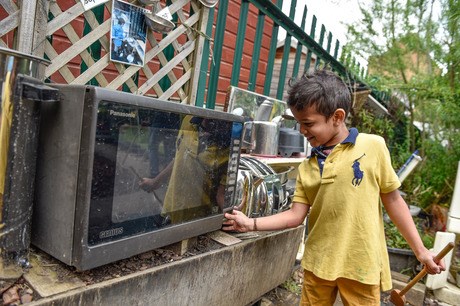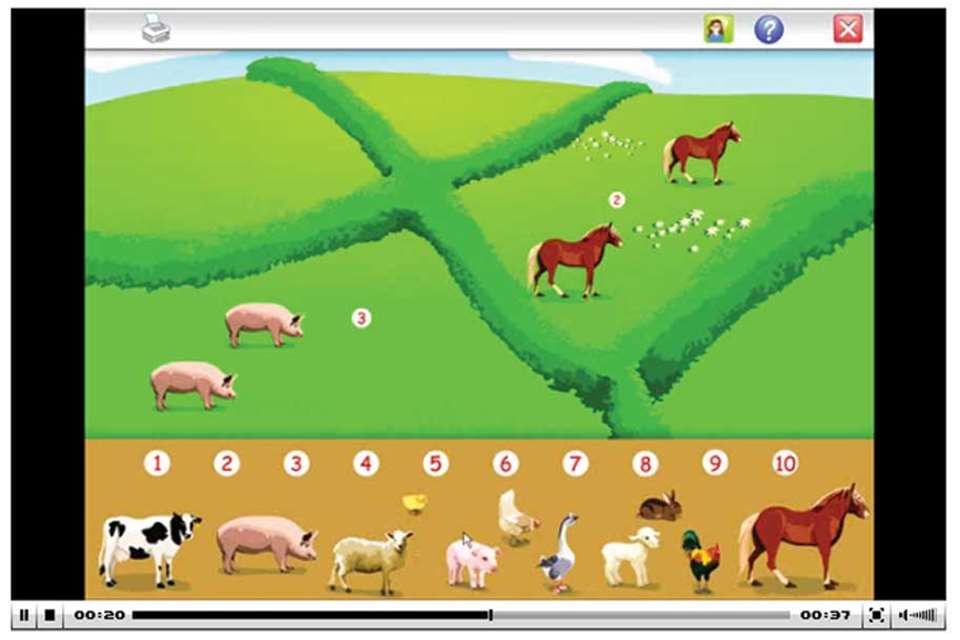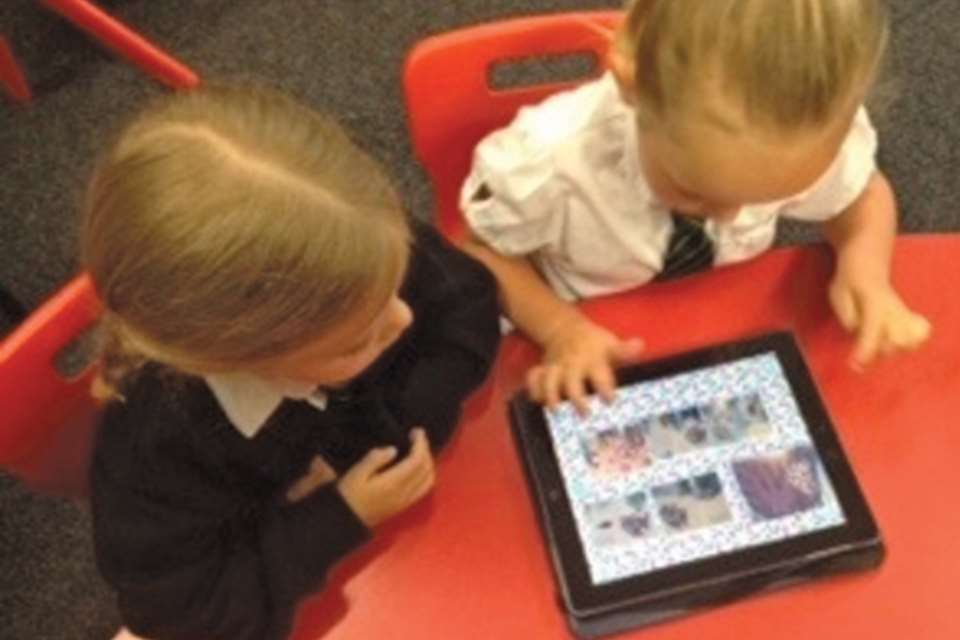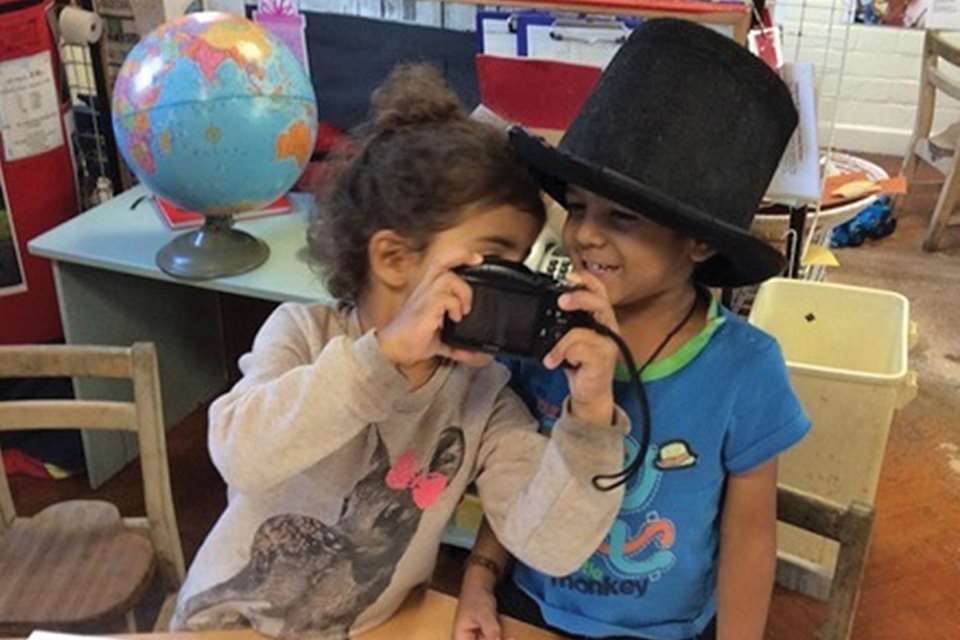EYFS Best Practice: All about... ICT
Dr Christine Stephen
Monday, June 1, 2015
With digital technology now an integral part of children's everyday lives, settings must consider how they can best use it to support learning. Dr Christine Stephen draws on 15 years of research to look at how children's preferences vary and what support educators can offer

Today's children are growing up in a century where digital technologies are commonplace for leisure, domestic life, work and study. Threeto five-year-olds are familiar with interactive television, DVDs, and using mobile phones to send messages, talk, play games and take photographs. They are likely to have played games on laptops or tablets, watched parents shop online and - although they are not able to read the results - pre-schoolers will suggest that parents or siblings 'Google it' when answers to their questions are not forthcoming. In shops and on outings, children watch their family using interactive devices to pay for purchases, obtain cash or services and get information.
The range of possible encounters with digital interactive and communicative technologies makes it clear that these resources are part of the environment that shapes the learning and development of young children. But while these technologies are commonplace, they are not welcome by everyone. There is an increasingly polarised debate about the advantages and disadvantages of children engaging with digital technologies in the pre-school years.
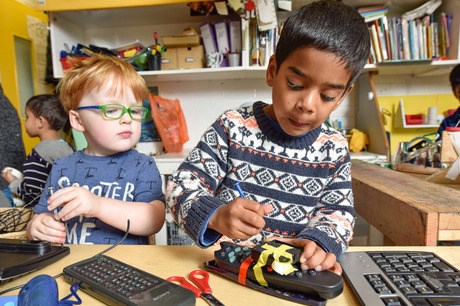
EDUCATORS' DILEMMA
Some argue that activities involving technologies are inappropriate for young children, encouraging passivity, social isolation and physical inactivity. On the other hand, engaging with technological resources can be seen as opening opportunities for acquiring knowledge and competencies, as necessary for children's future education and work in a knowledge economy, or simply as a fun way of ensuring or accelerating learning.
This debate is unlikely to be resolved soon, but the outcome is likely to be a more nuanced position that takes account of the context in which children are growing up and interacting with technologies. In the meantime, digital technologies are an inherent and ubiquitous part of children's everyday lives which responsive educators cannot ignore - just as they cannot ignore the impact of children's other activities at home. However, while there is plenty of writing about the potential of technology to support learning and development, there is less clear evidence about the impact of these new resources.
Current research suggests that while digital resources can enhance learning, much depends on the way in which educators make use of the technology and design features that support higher-order thinking.
Just as with traditional playroom activities, it seems that the efficacy of new technologies depends on the quality of the resource or activity and the pedagogic skills of educators who can identify and respond to the interests and needs of individual children in their setting.
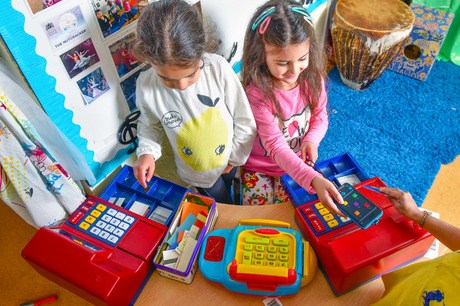
LEARNING WITH NEW TECHNOLOGIES
It is useful to think of the kinds of outcomes that can be attributed to engaging with digital technologies in four categories.
Operational learning
Pre-school children do learn to use technological resources readily and with confidence and the touch-and-scroll interfaces offered by tablet computers and mobile phones are particularly advantageous for youn- ger children. However, this kind of learning is not as 'instinctive' as the term 'digital natives' seems to imply when it is used to describe pre-schoolers. Children do get stuck and need help from more able others and that makes demands on the confidence with which educators use the digital resources in their playroom.
Knowledge of the world
This kind of learning comes as children use digital technologies to develop emerging skills and capacities, solve problems and test out answers.
We found examples of children developing their communication capacities as they made video recordings about life in their playroom. Life history projects were supported by reviewing digital photographs; listening to audio stories facilitated narrative skills and responding to music clips extended children's descriptive vocabulary. Digital programmes provide opportunities to practise developing capacities such as counting, letter and sound recognition.
When playroom practices include supporting interest or project groups and children documenting their own learning, then digital technologies have much to offer, although children will still need the support of educators to read information, write questions or access files.
Family and peers
Technologically mediated leisure activities allow children to be active participants in family pursuits such as viewing films and music-making, planning outings and holidays.
In early years settings, encounters with technologies often involve participation with peers too, providing an arena where social roles and relationships are developed as children collaborate, compete and find ways to influence the activities of others.
Positive dispositions
The practitioners in our playroom studies provided clear evidence that as children engaged with new technologies they developed dispositions towards learning that are important in traditional and technological environments. They noticed children growing in confidence and self-esteem as they became more independent users of particular technologies and becoming more persistent when they encountered challenges with the resources.
individual preferences
In our studies of threeto five-year-olds, we found that children had a wide range of experiences with technologies at home. Some families were enthusiastic technology users, communicating with grandparents through Skype, downloading films and games and taking and reviewing digital photographs.
In a minority of homes, technologies were seen as only for adult use or as a feature of the work rather than the home environment and in these circumstances parents chose to postpone or limit their child's exposure to new technologies.
We found most parents were aware of the debate about the appropriateness of new technologies for young children and each family in our studies had set some limits on the length of time or circumstances in which their child could watch television or films or use the computer. Parents sought to balance time with technologies with physical activities such as swimming and playing in the garden.
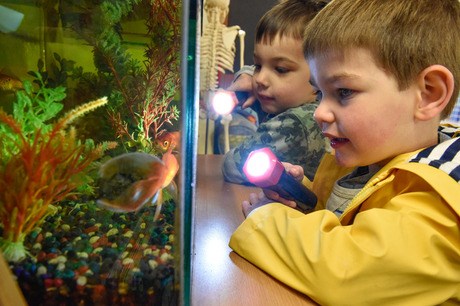
Families and children differ along four dimensions that we found had an impact on the way any individual child engaged with technologies at home and in early years settings.
1. Perspective
Parents' perspectives on whether new technologies can help children learn influence the emphasis they give to purchasing resources and encouraging the use of technologies. One mother in our study was sceptical about the value of technologies for learning, preferring to buy flash cards rather than digital reading tools, but another parent was enthusiastic about the benefits her son gained from play with his toy laptop and games console and recommended them to others.
2. Supporting learning
Parents have different views on the most appropriate ways to support learning. Some children were encouraged to explore and find out for themselves what a resource could offer and their parents only helped when the youngsters were evidently frustrated. Other parents were more directive and concerned that children knew how to use the technologies properly.
3. Family practices and times
Family practices and the demands on parents' time make a difference. Children's access to technological resources is influenced by the needs of siblings and family priorities for leisure activities. Having older siblings usually meant that more sophisticated resources were available in the home, but the presence of younger siblings could mean access to technologies was limited to 'safe' times.
4. Individual preferences
Children's individual preferences were the most influential dimension. Pre-school children have distinct likes and dislikes when it comes to technologies, contrary to the widely held view among adults that all technologies are desirable to children.
The children in our studies ranged from enthusiastic game players who enjoyed competition to keen collectors of information about an enduring interest (for example, cars and trucks) and to others who had no sustainable interest in engaging with technology, even if they were growing up in a family where there was ample access to digital resources. The children were discriminating users of technologies; they identified games they liked and found fun and others that they found difficult or boring.
Children come to pre-school with a range of experiences with technological resources. Our evidence suggests that it is unlikely that interacting with technologies will dominate the lives of pre-school children, but they can be expected to have favourite digital and traditional activities.
Girls and boys often prefer different games or types of technologies, but gender alone does not predict interest in digital play. Some will be keen to explore the technology available in the playroom, others will expect to play competitive games and some will expect a more 'teacherly' introduction and seek a guide though the technologies available. And just as some prefer outdoor play or construction or painting, children will differ in their willingness to engage with whatever technologies are available in the playroom.
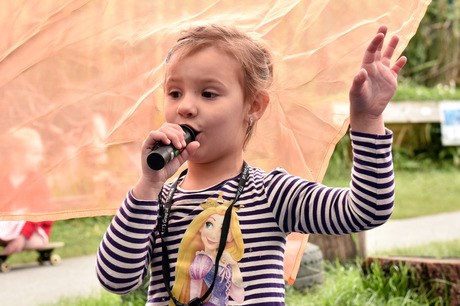
TECHNOLOGIES IN EARLY YEARS SETTINGS
Selecting resources
Educators will want to consider the extent to which digital resources in the playroom replicate children's experiences at home (where they often have access to more up-to-date resources) and if they offer different support for learning from traditional activities. It is important that practitioners consider if computer programs and games are founded on the same understanding about how to nurture learning as that on which they base their own practice.
Many programs targeted at pre-school children use closed questions rather than prompts for exploration and give the answer after a set number of incorrect responses, which does little to help children understand how to arrive at the correct answer.
Although adults tend to refer to children's engagement with technologies as play, not all are experienced as playful by the children and playroom rules can further constrain the spontaneous and creative aspects of playful behaviour. Many art or drawing packages are nearer to traditional 'colouring in' than opportunities for self-expression, but making videos or animated films can foster creative activity as well as problem solving and developing group work skills.
The responsive educator
Perhaps even more important than ensuring that the resources match the pedagogic intentions of educators is the finding that children need adults to support their engagement with technologies. Children do experience difficulties with digital technologies and we observed youngsters giving up and turning to other activities, a response that is often masked by the ready availability of other options in early years settings.
Although adults often claim that children are more competent technology users than they are themselves, research evidence makes it clear that if children's interactions with digital resources are to be the kind of intense and sustained encounters that are associated with positive learning experiences, then support from responsive others is essential. Technology does not remove or reduce the role of the educator. Our studies found that two types of support from educators (and parents) are needed - distal and proximal guided interaction.
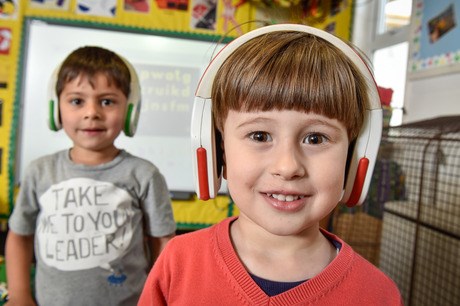
Distal guided interaction
Distal guided interaction is the kind of thinking and activity that educators do when children are not present. It refers to:
- planning next steps in learning
- choosing resources and activities reflecting children's interests or the focus of their current explorations
- decisions about what resources to buy, where to locate them and how to monitor children's progress.
Educators need to ensure equitable access to the digital resources, toys and games provided and consider how to deploy staff so that an adult can be available to interact with children as they use technologies.
Of course, none of these kinds of decisions are new to educators; they are part of everyday pedagogic planning. Nevertheless, it is important to point out that children's positive interactions with technologies require the same kind of careful attention to the role of educator as any other activity.
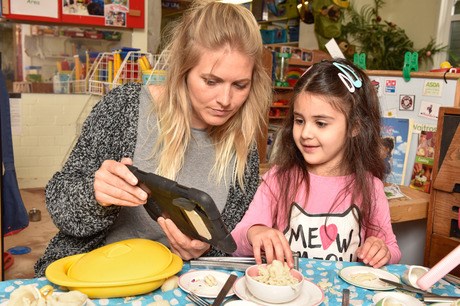
Proximal guided interaction
Young children need proximal guided interaction too - the face-to-face interactions with adults who can model how to use resources, demonstrate, explain, and ask what would happen if alternatives were tried. Sometimes children need physical guidance such as an adult hand over their hand on a control, while at other times what is needed is help to negotiate the social context that surrounds the digital play.
Pre-schoolers need emotional support too: support when listening to an audio recording gets too scary, praise for achievements, someone to share the fun of an animation or pleasure in a new discovery. Adults are needed to read instructions, scaffold the search for information, prompt sorting and categorising, interpret feedback and scores and recognise when a child needs to develop an understanding of a new concept in a more concrete or active way before practising this new knowledge with a computer program.
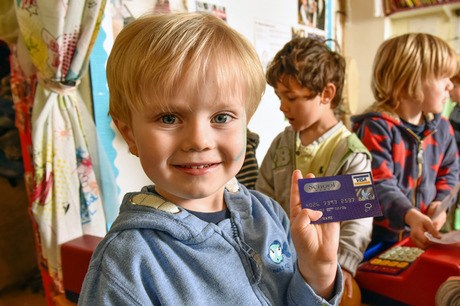
CONCLUSION
Digital technologies are part of the everyday lives of threeto five-yearolds, and early years educators will want to build on that aspect, just as they do with other home experiences. Finding out about children's preferences among technological and traditional activities is an important part of home-school communication.
Responsive planning and skilful interactions with educators are necessary if the opportunities which new technologies offer - to extend children's learning and provide engaging ways of practising new skills and interacting with peers - are to be realised.
Dr Christine Stephen, a research fellow at the School of Education, University of Stirling, focuses on children's learning experiences. Here, she draws on findings from a series of externally funded studies that she has carried out over a period of 15 years with colleagues Lydia Plowman and Joanna McPake
MORE INFORMATION
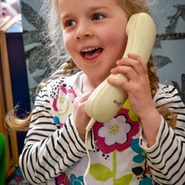 'Are we allowed to blink? Young children's leadership and ownership while mediating interactions around technologies' by L Arnott in International Journal of Early Years Education
'Are we allowed to blink? Young children's leadership and ownership while mediating interactions around technologies' by L Arnott in International Journal of Early Years Education
Briefings on digital childhoods, www.strath.ac.uk/humanities/research/digitalchildhoods
Growing up with technology: young children learning in a digital world by L Plowman, C Stephen, and J McPake
'Seven myths about young children and technology' by L Plowman and J McPake in Childhood Education
'Young children engaging with technologies at home: the influence of family context' by C Stephen, O Stevenson and C Adey in Journal of Early Childhood Research.
